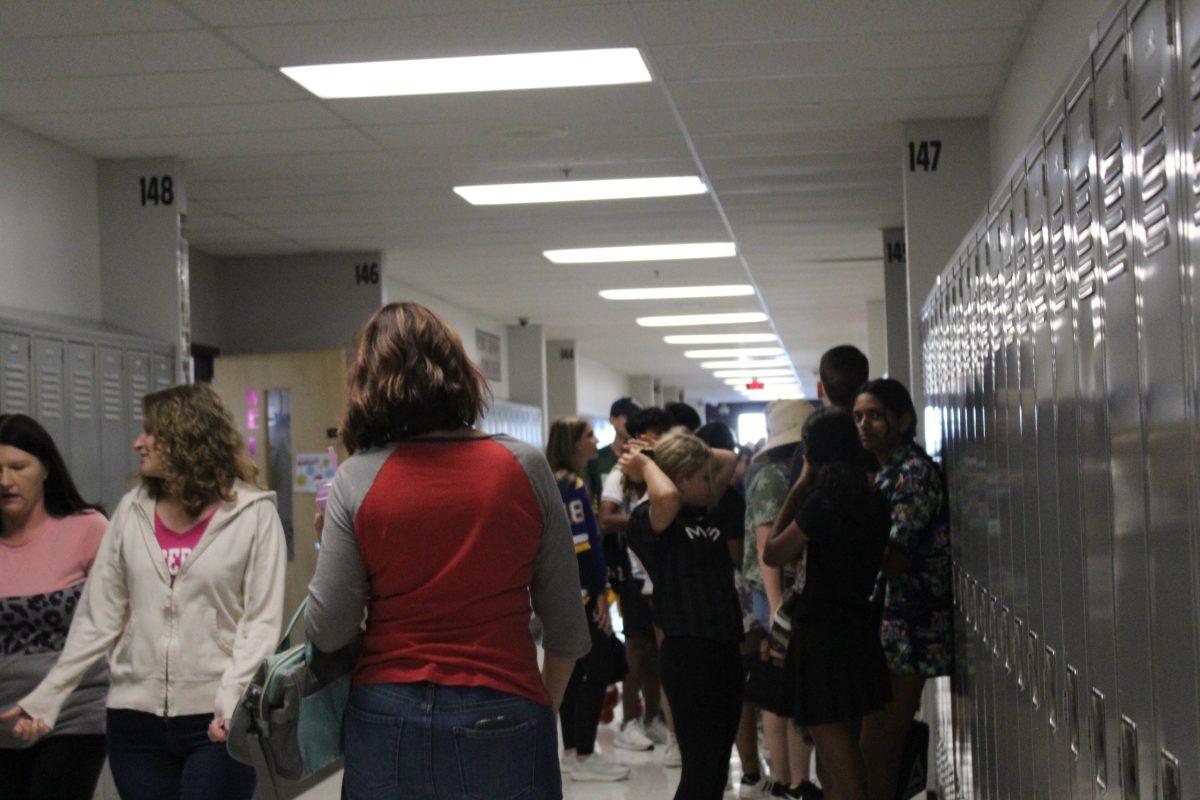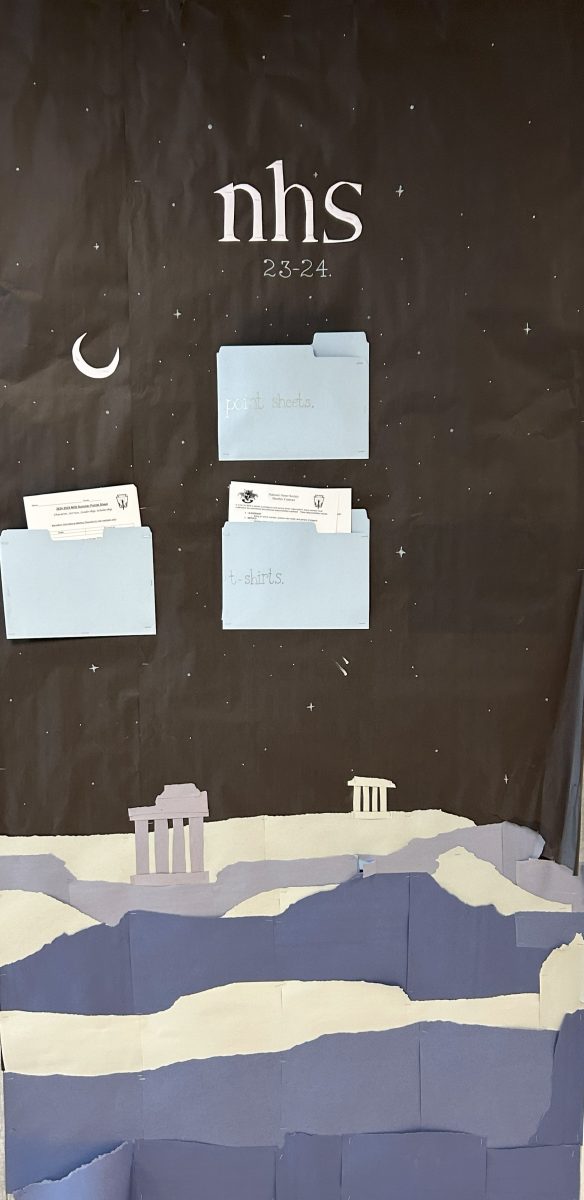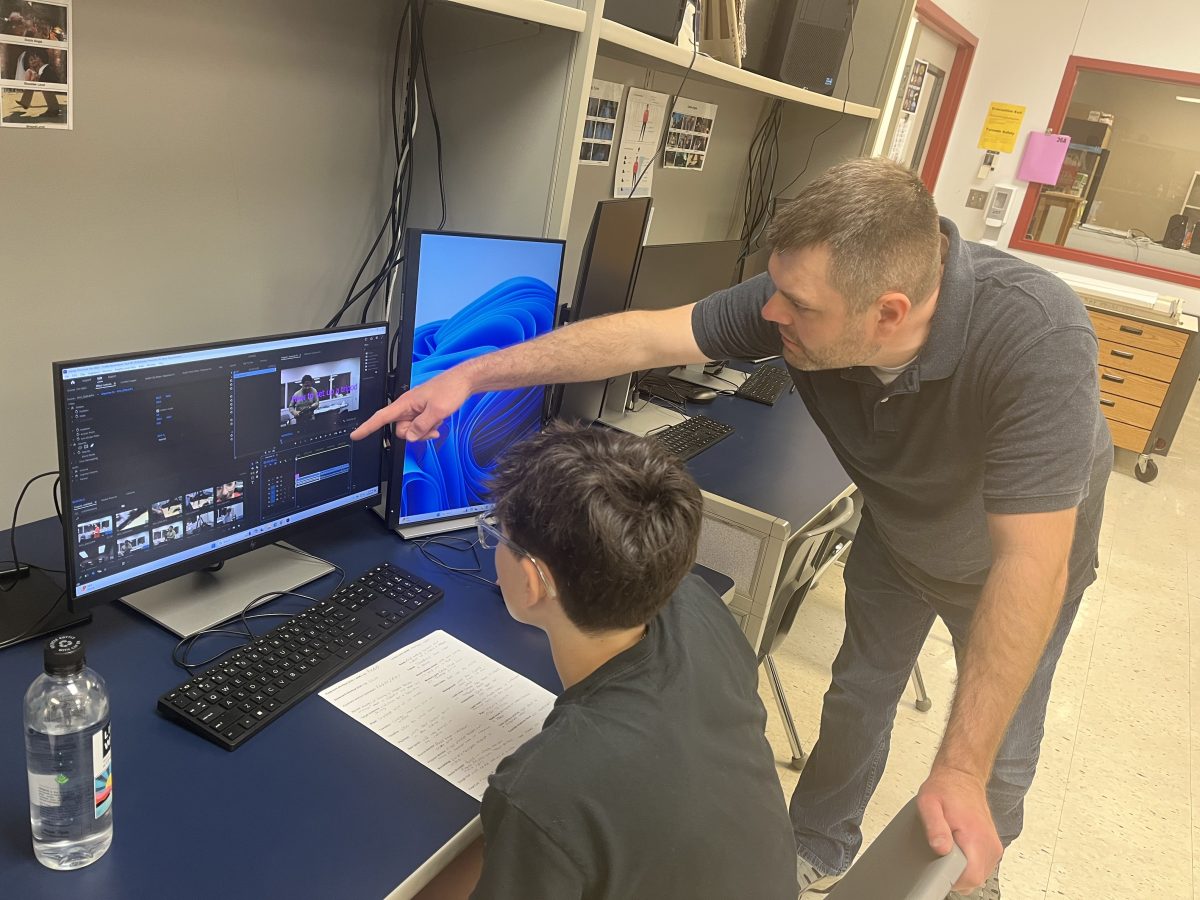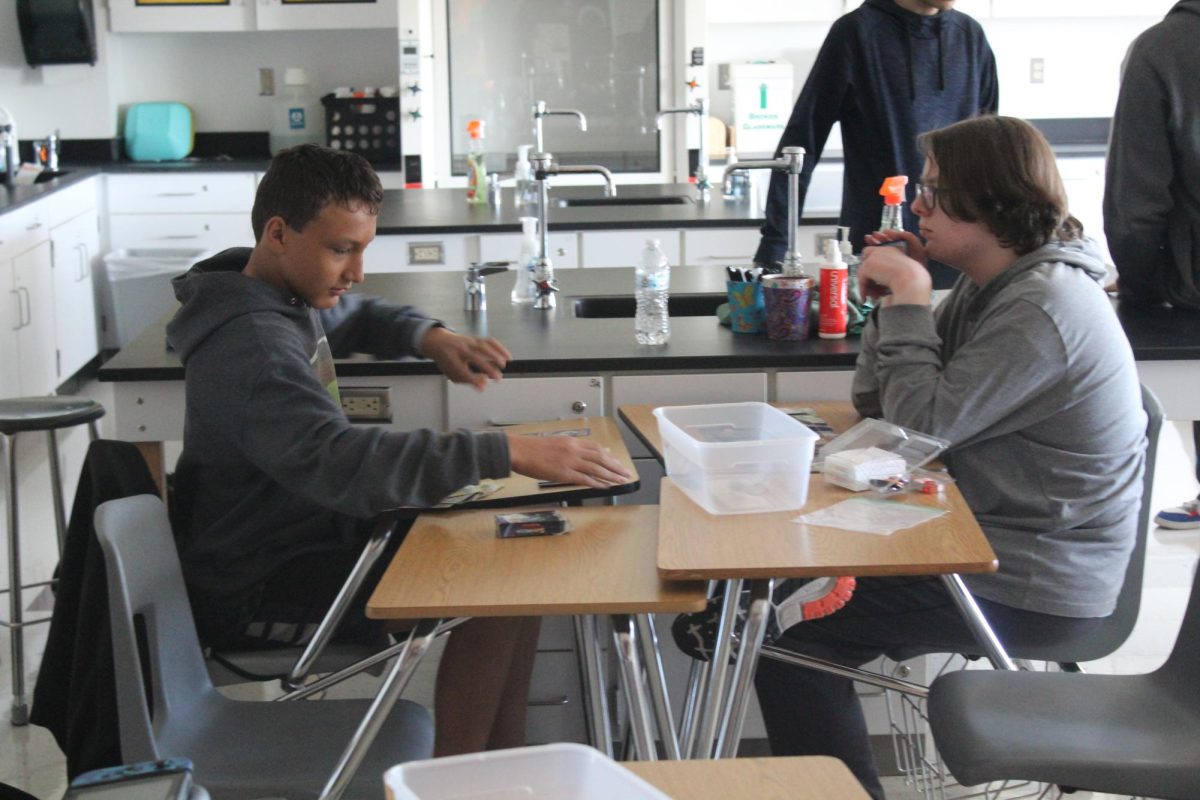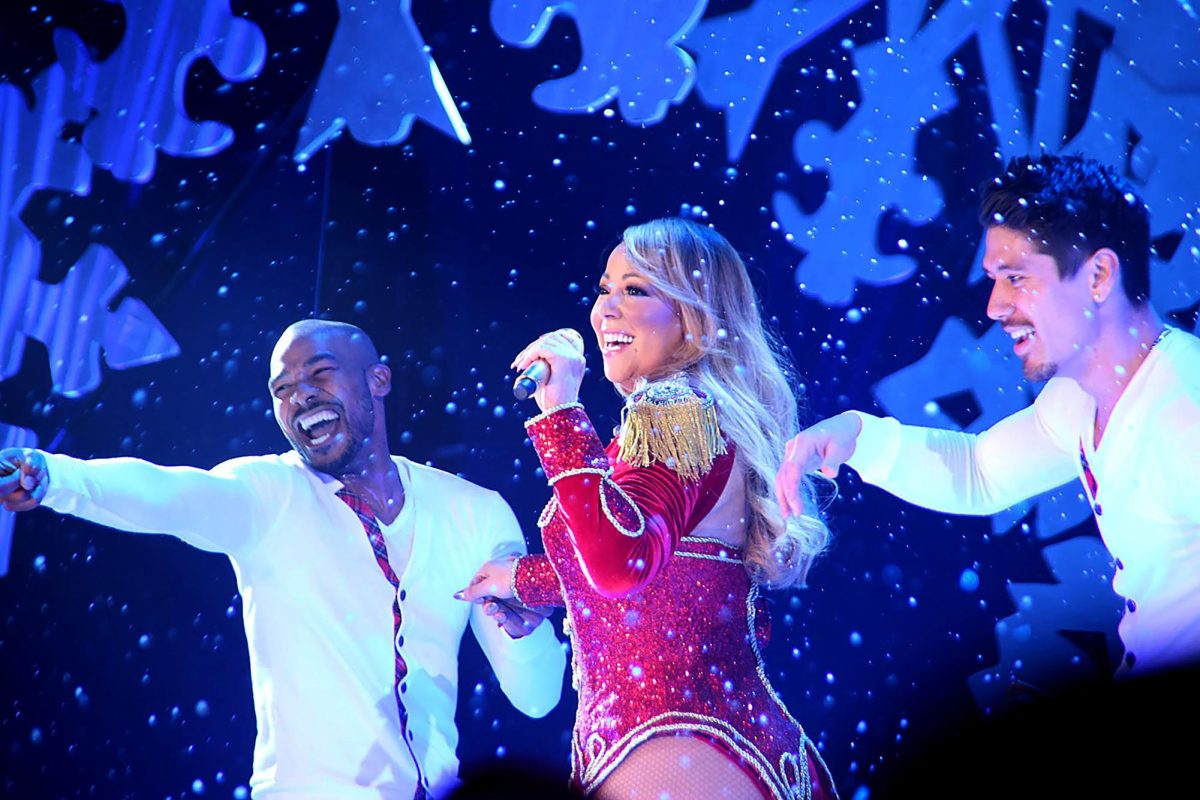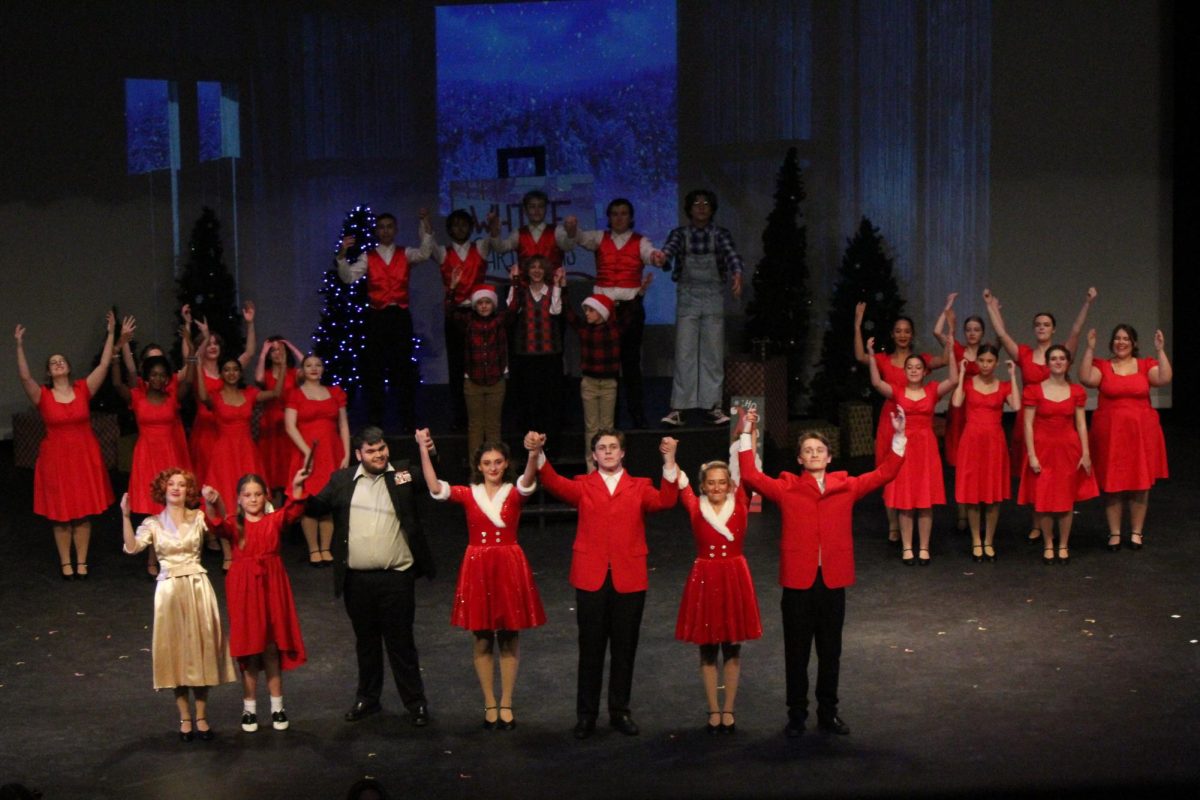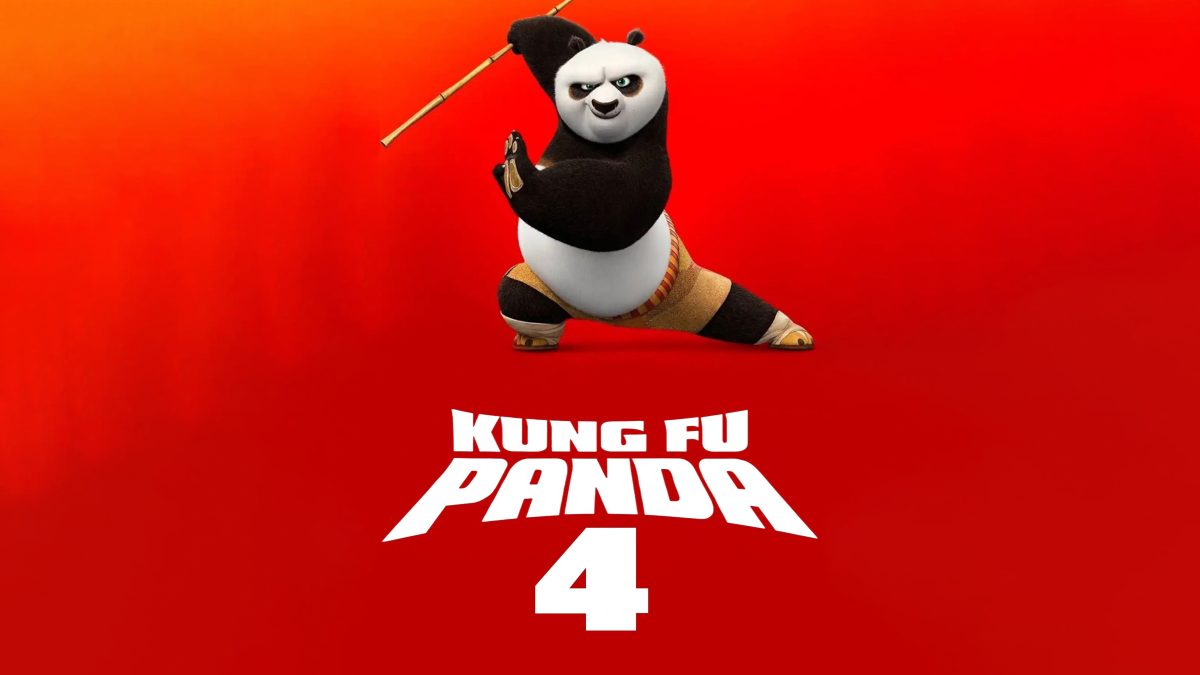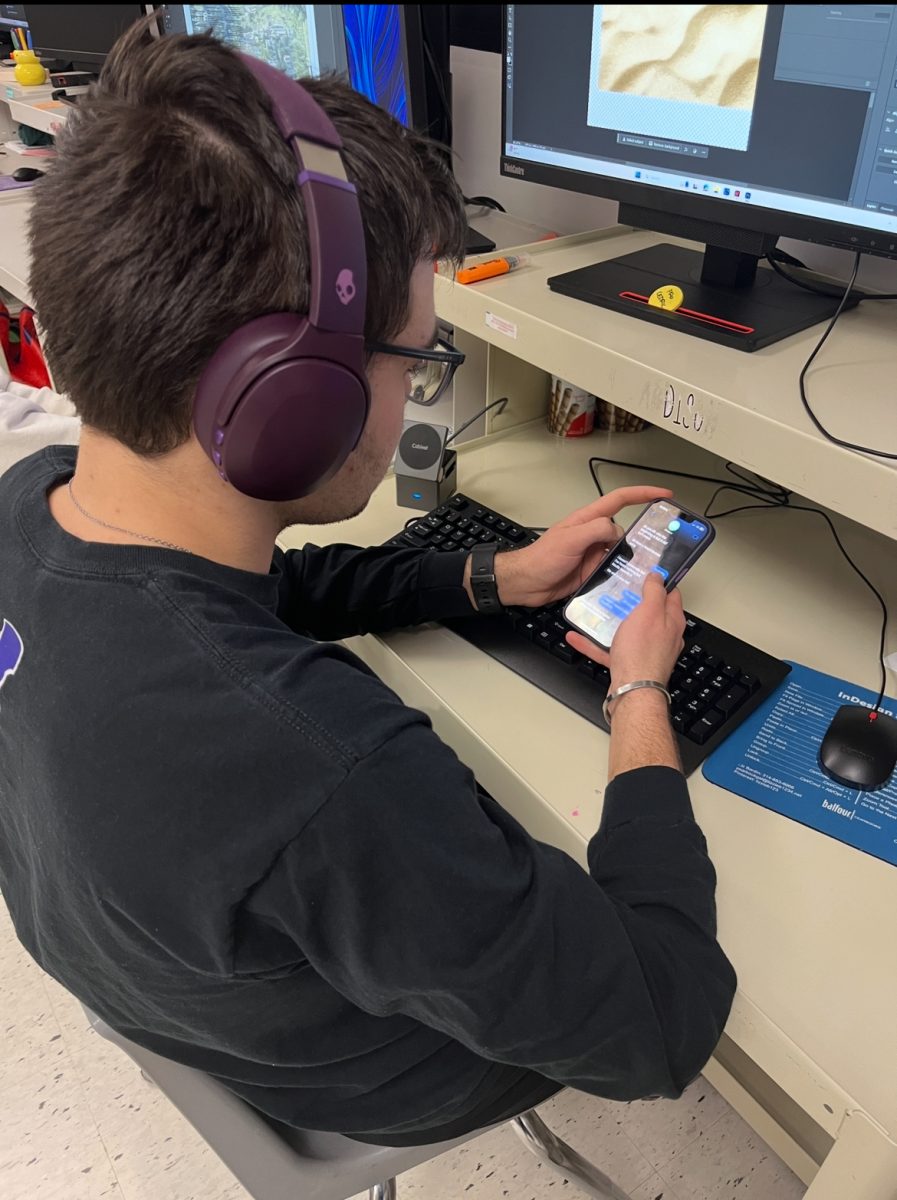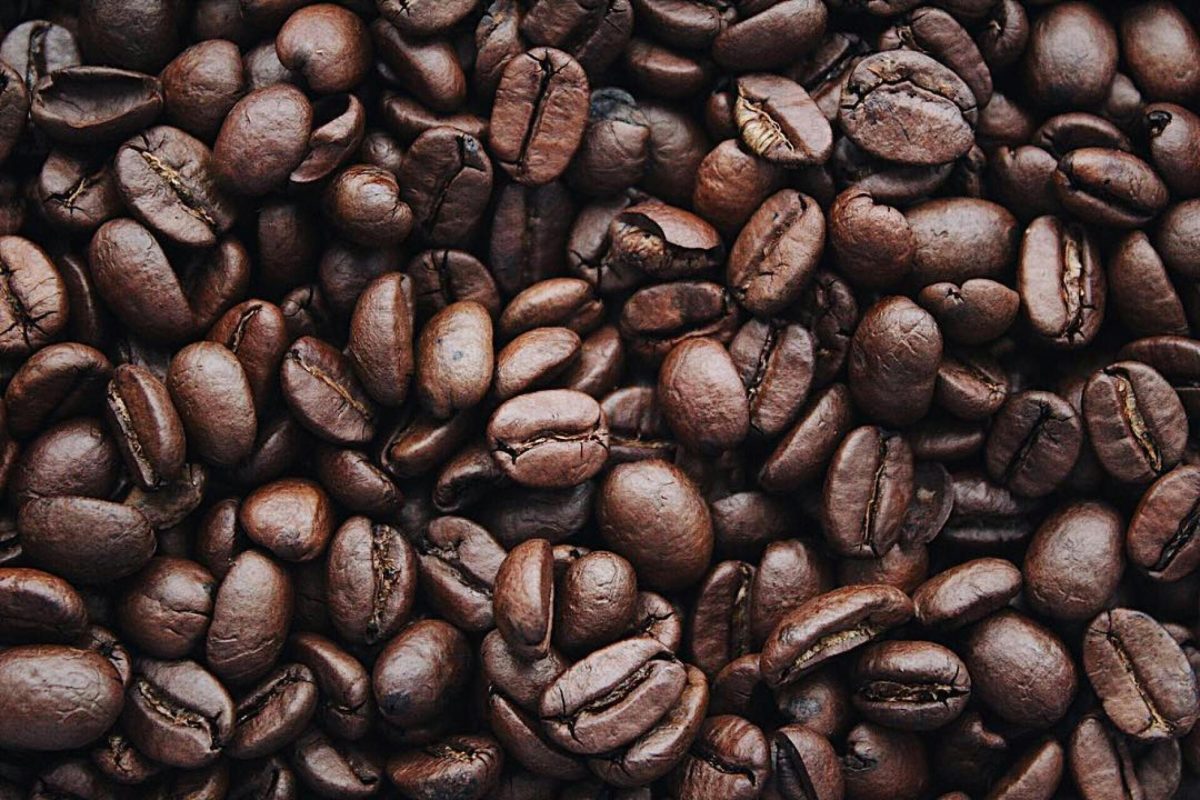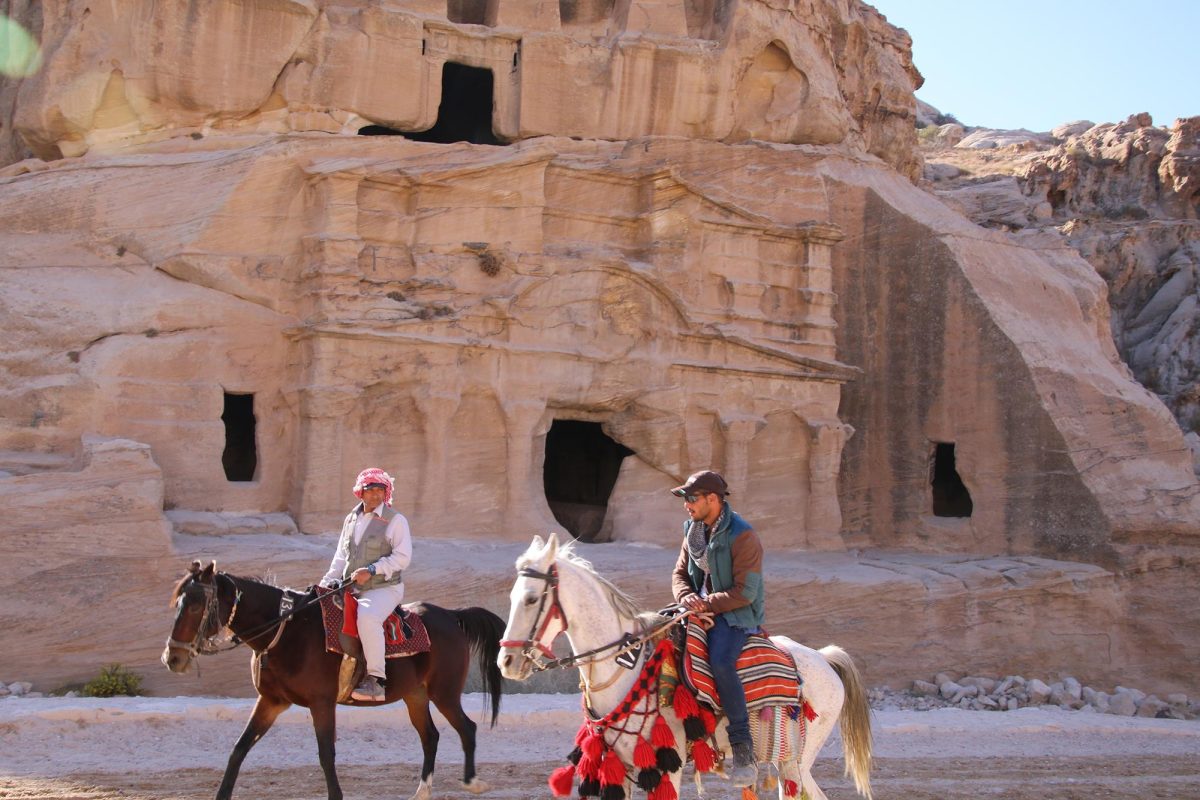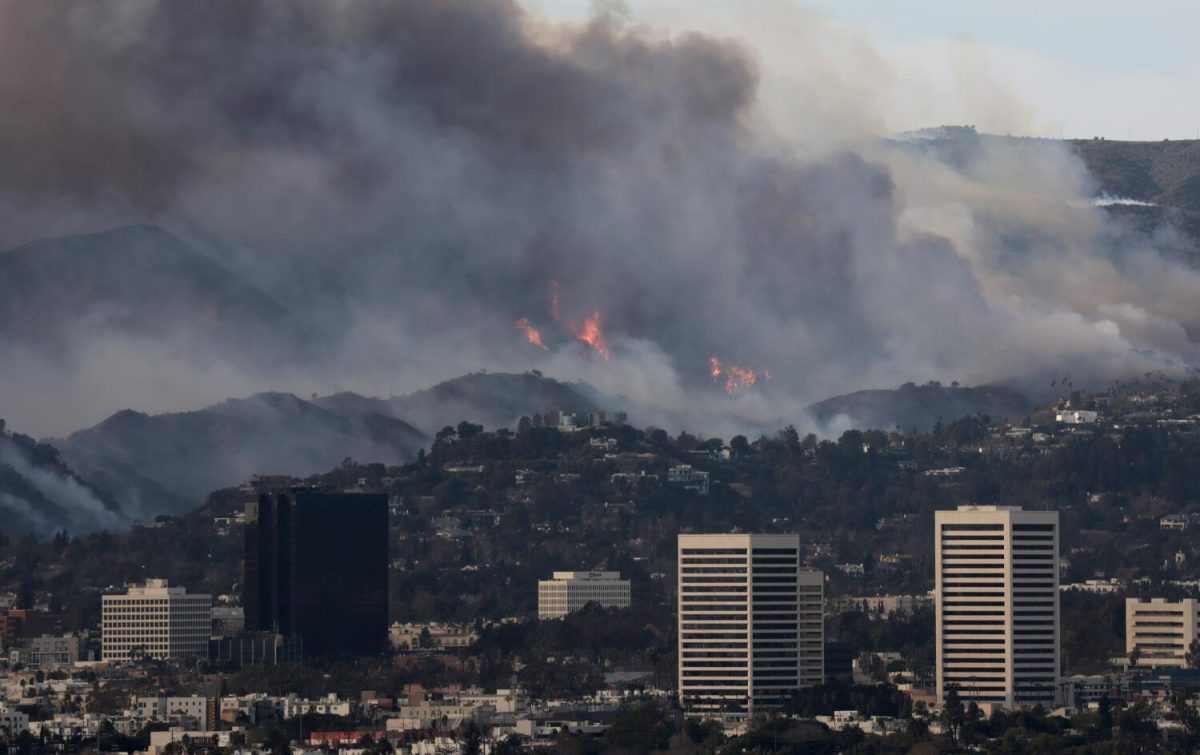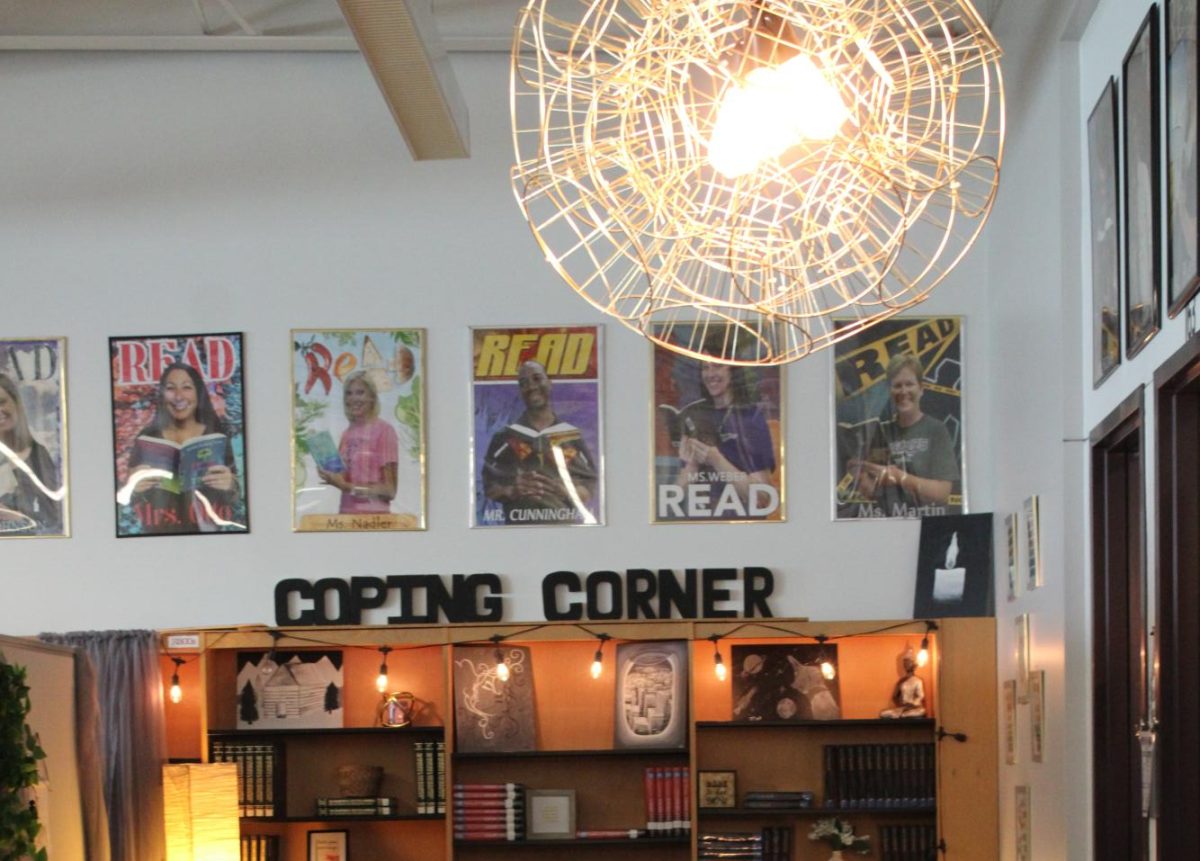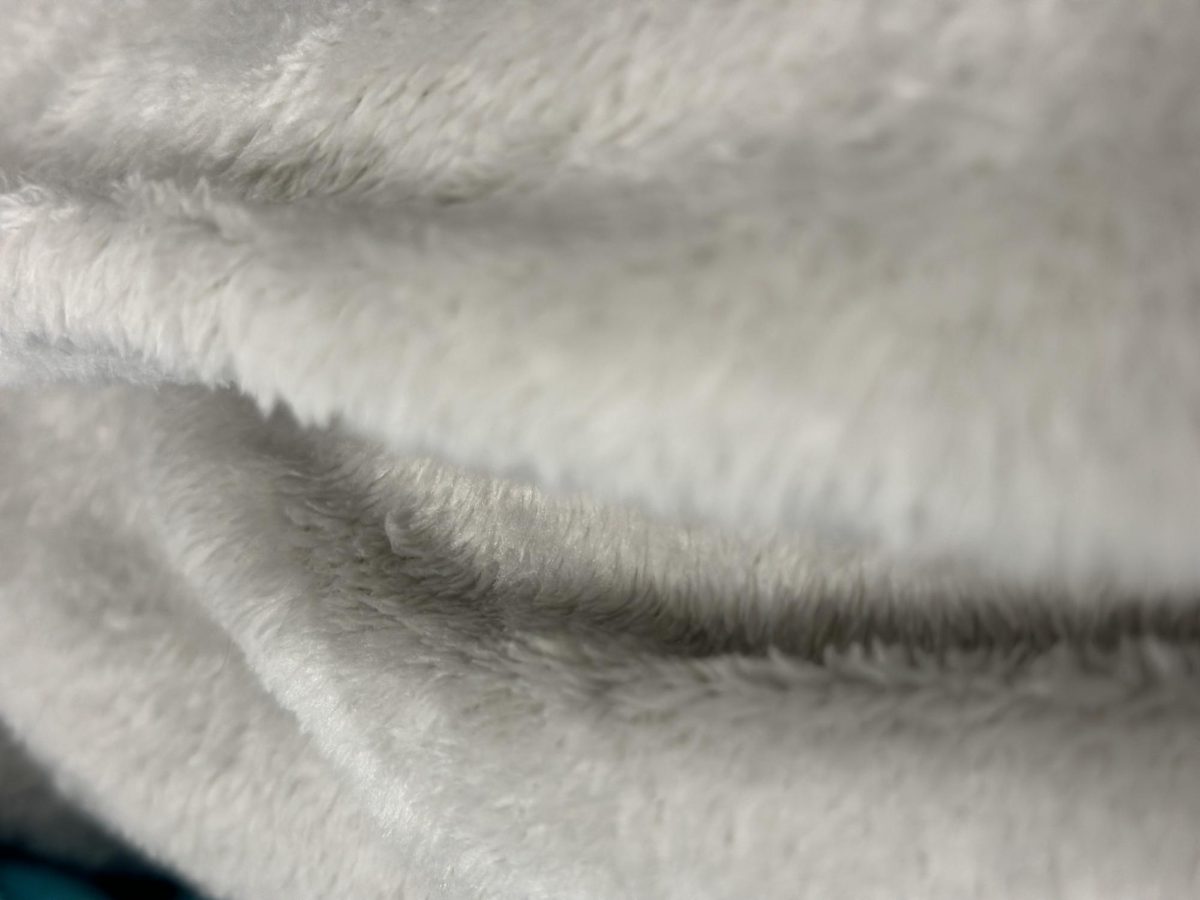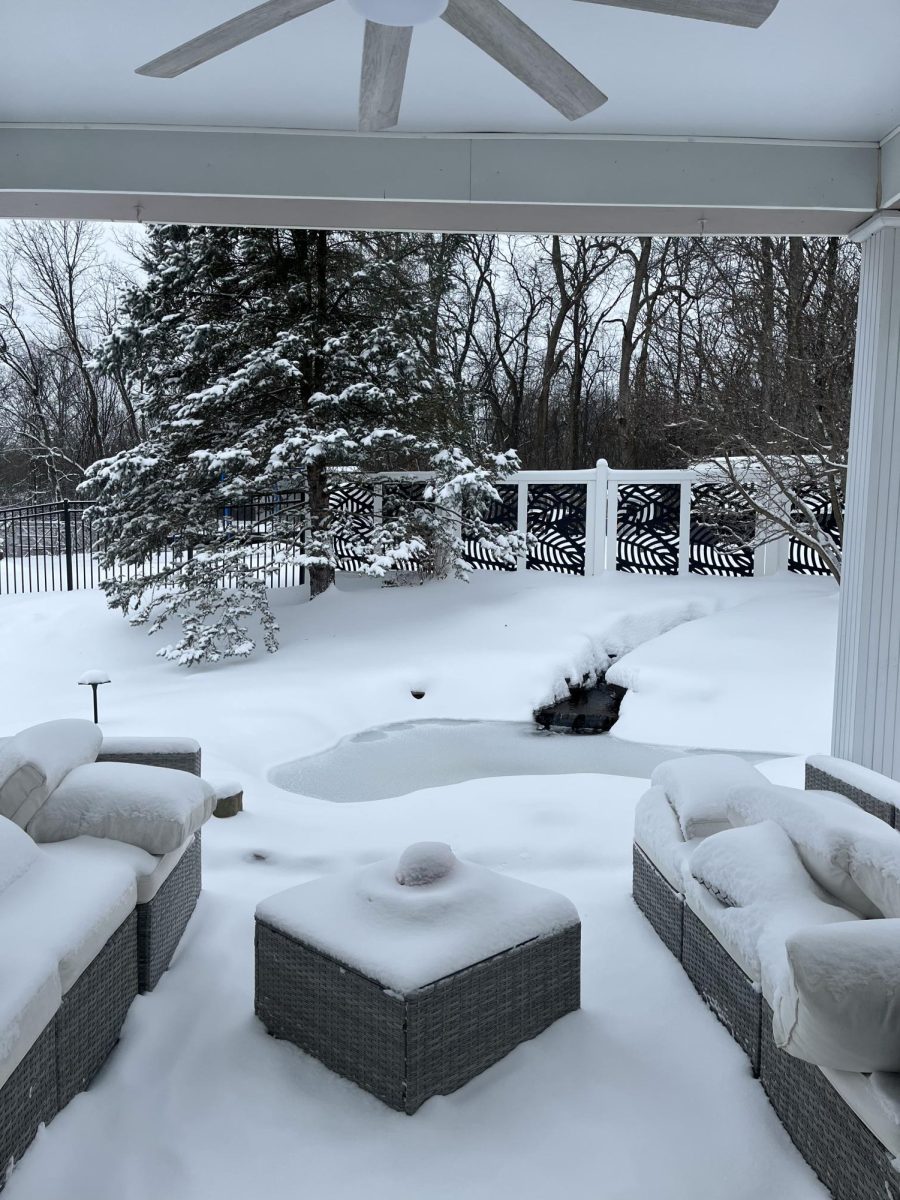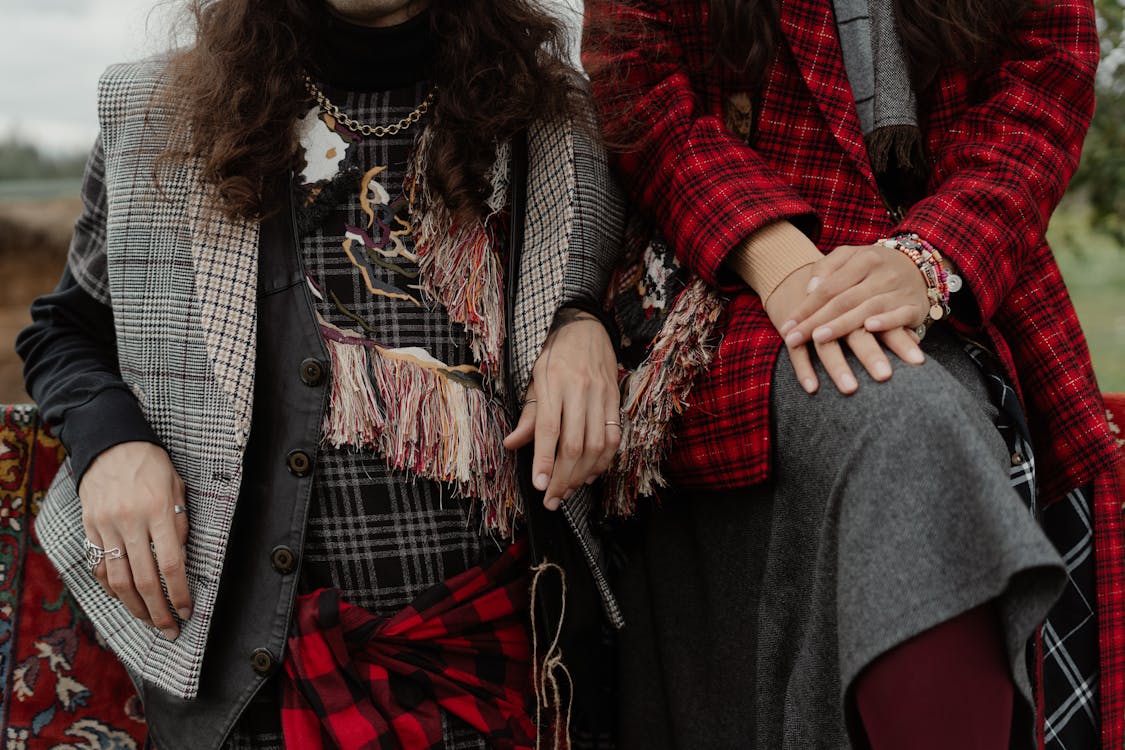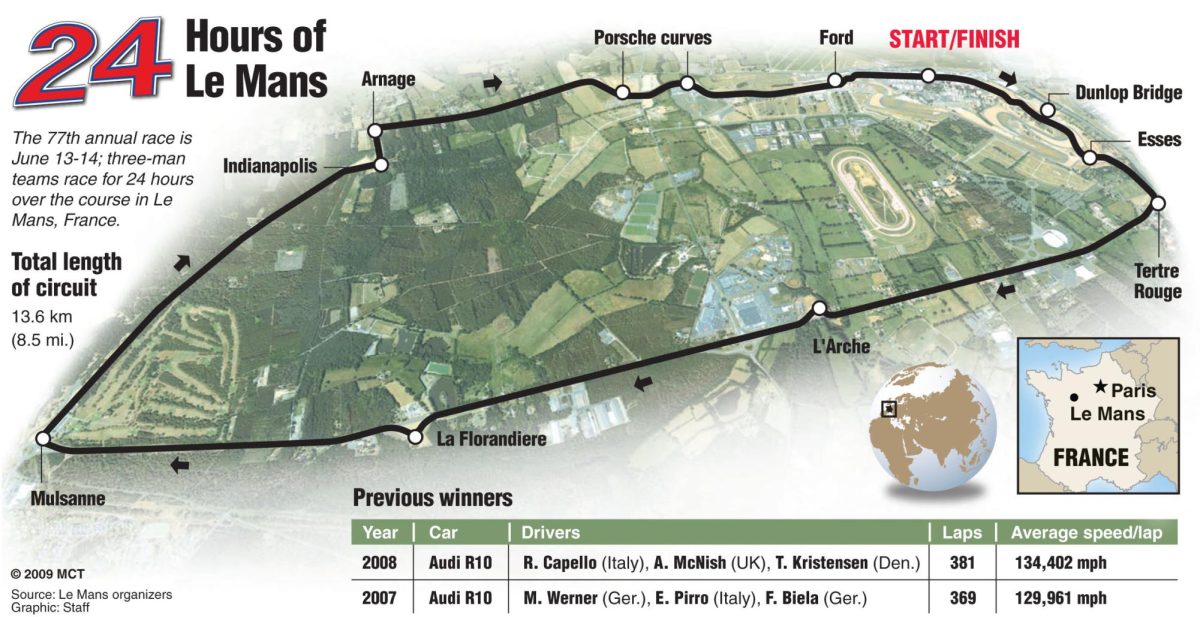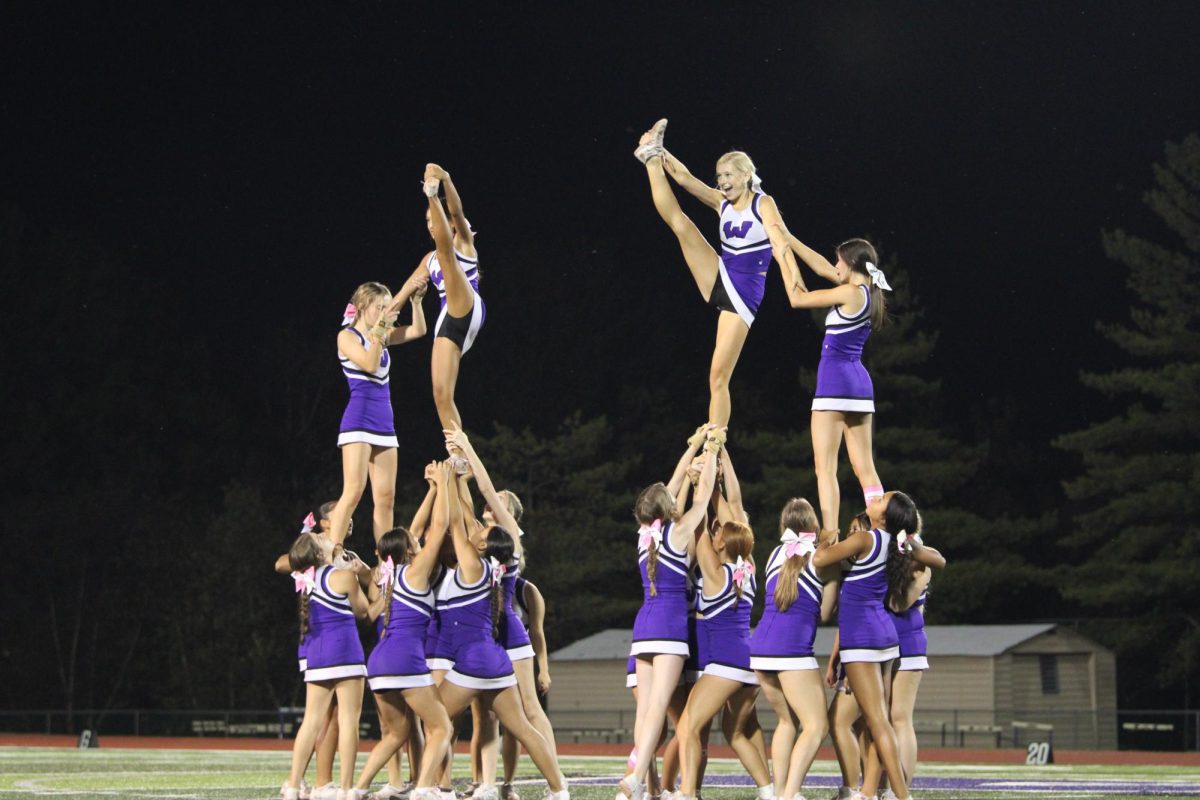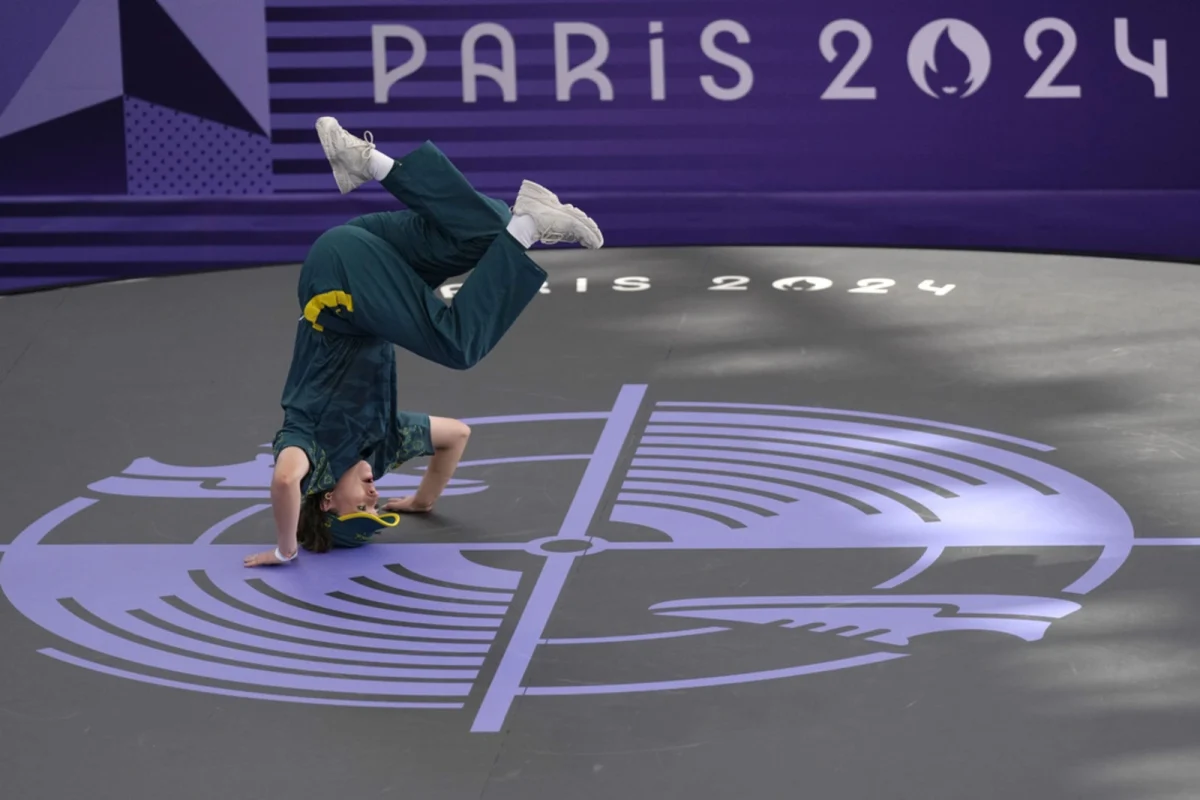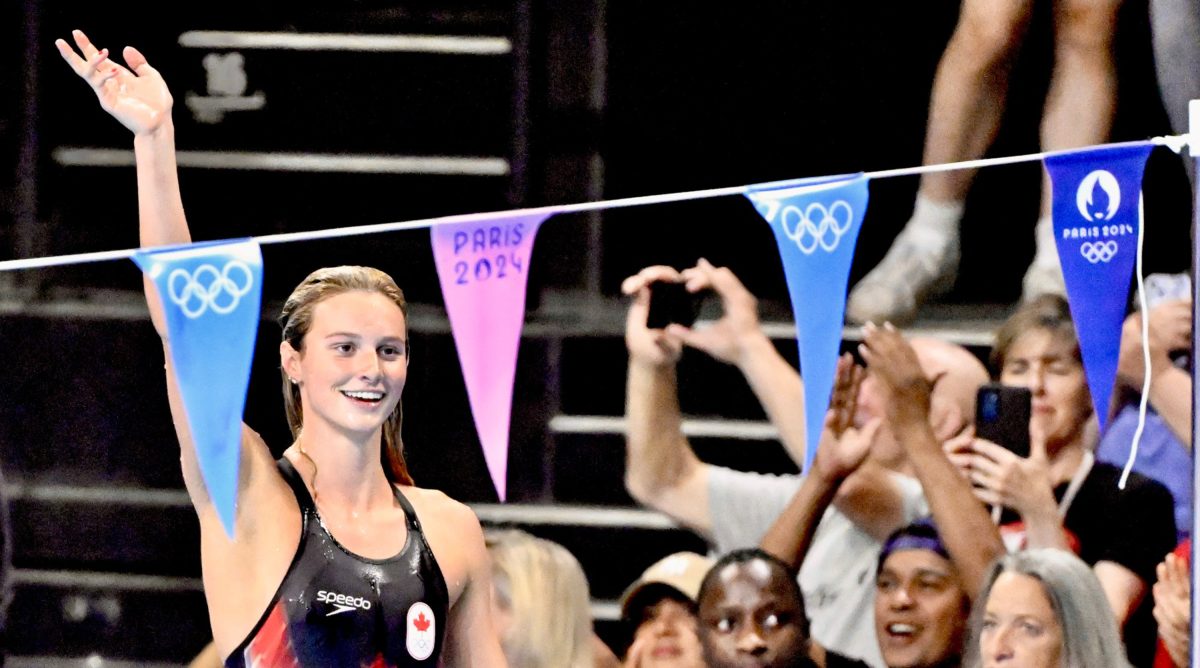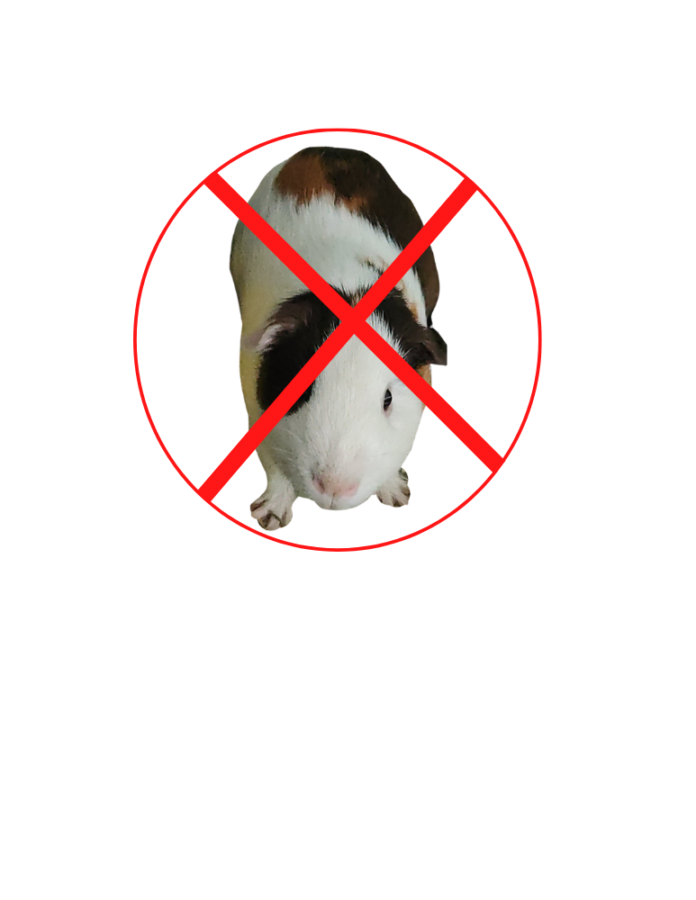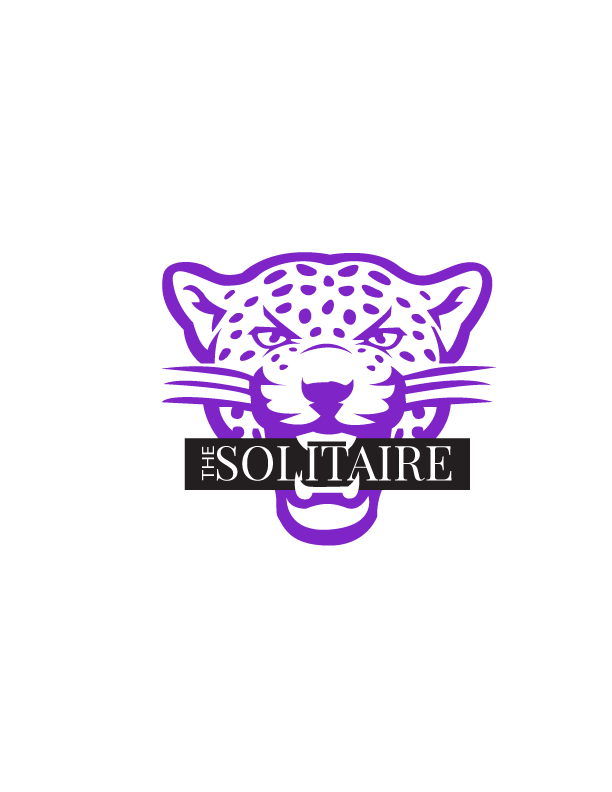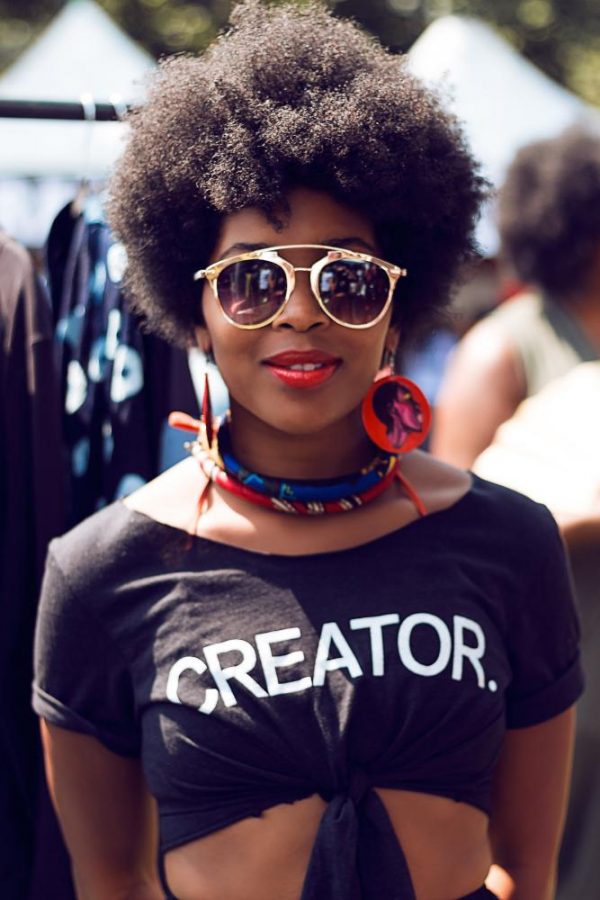Afropunk
History:
What people crave today is representation. People want to be heard, they want to have creative free spaces, outlets to display their culture, articulate their opinions, interpret the world they live in, and have opportunities to showcase their style. The world-wide Afropunk music festival is what that is all about.
23 year old tattoo artist James Spooner had fallen in love with the concept of punk rock music since he was fourteen years old. He was head over heels for bands similar to the Black Flag and The Misfits. Despite Spooner’s adulation for this genre of music, he felt isolated from the music culturally. In attempts to immerse himself into the punk rock scene, he found many aspects of it whitewashed. He longed for representation of his black culture, while still enjoying the music he loved.
“I wasn’t seeing myself represented at all in the subcultures I was attracted to and I really wanted to ask some question about why that was,” James Spooner said in an interview with thefader.com. “It was a time before there were any bands that had black people at the forefront that were relevant to the youth. People were still talking about Living Colour and bands that were twenty years dead.”
He channelled these feelings of estrangement into the production of Afropunk, a music festival originating in Brooklyn, New York, an event created to infuse punk rock music with African-American culture. Along with the instrumental help of his colleagues Matthew Morgan, the current director, and Jocelyn Cooper, Afropunk was founded.
Originating as a modest affair in 2005, the festival immediately became popular. Thousands that attended could attest to Spooner’s message and were thankful that he had taken the time to conceive a much needed creative space. Over the years, more and more people became attracted to these events, resulting in the festival spreading nationwide and eventually to London and France, according to Ny.Racked.com.
Style:
In addition to people attending Afropunk to enjoy the music, they attend to present their style in regards to fashion. Similar to festivals like Coachella, the clothing that people wear make up a monumental aspect of Afropunk. People feel free to break out of their comfort zones and clothe themselves in things that are out of the ordinary. Because the style is so diverse and eccentric, the originality of the garments and accessories make for upcoming trends that even apply to day to day fashion today. Being that Afropunk was constructed to intertwine music with black culture, much of the fashion is concentrated toward Africa and symbolism dating back to the roots of African Americans. Tribal patterns of all different colors and materials, picked out afros, vibrantly colored dashikis, intricately braided hairstyles, woven headwraps, and even lively painted body art are just a few of the trends at Afropunk that can be traced to African culture.
Not only do Afropunk music festivals provide opportunities for the indulgence in punk music, but for the display and expression of culture that is seldom given representation. Events like Afropunk give the creative free space and solidarity that is much needed for a multitude of people. Whether evident or not, we owe several trends we have today to those bold enough to create statements similar to what would be seen at Afropunk.

